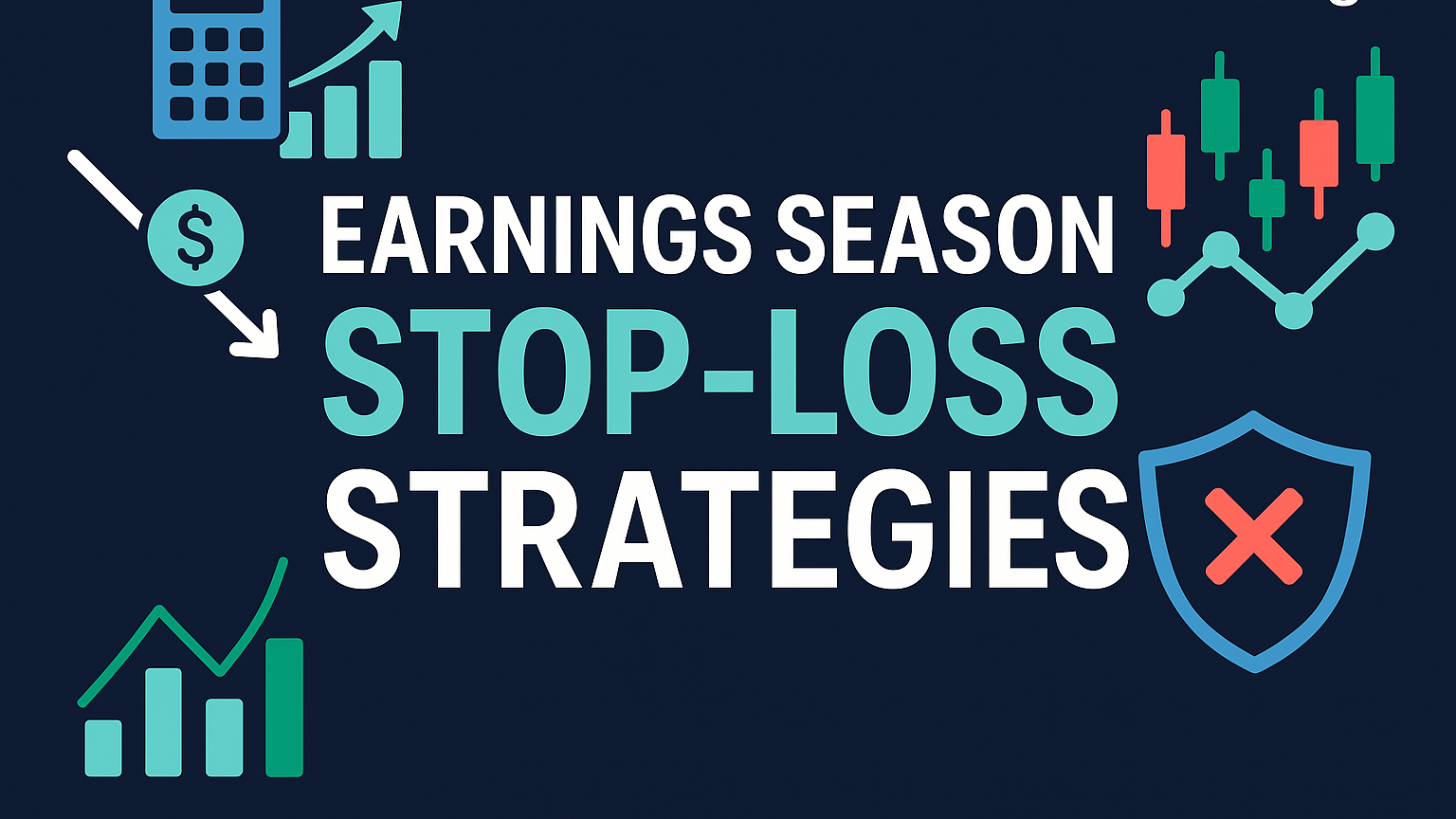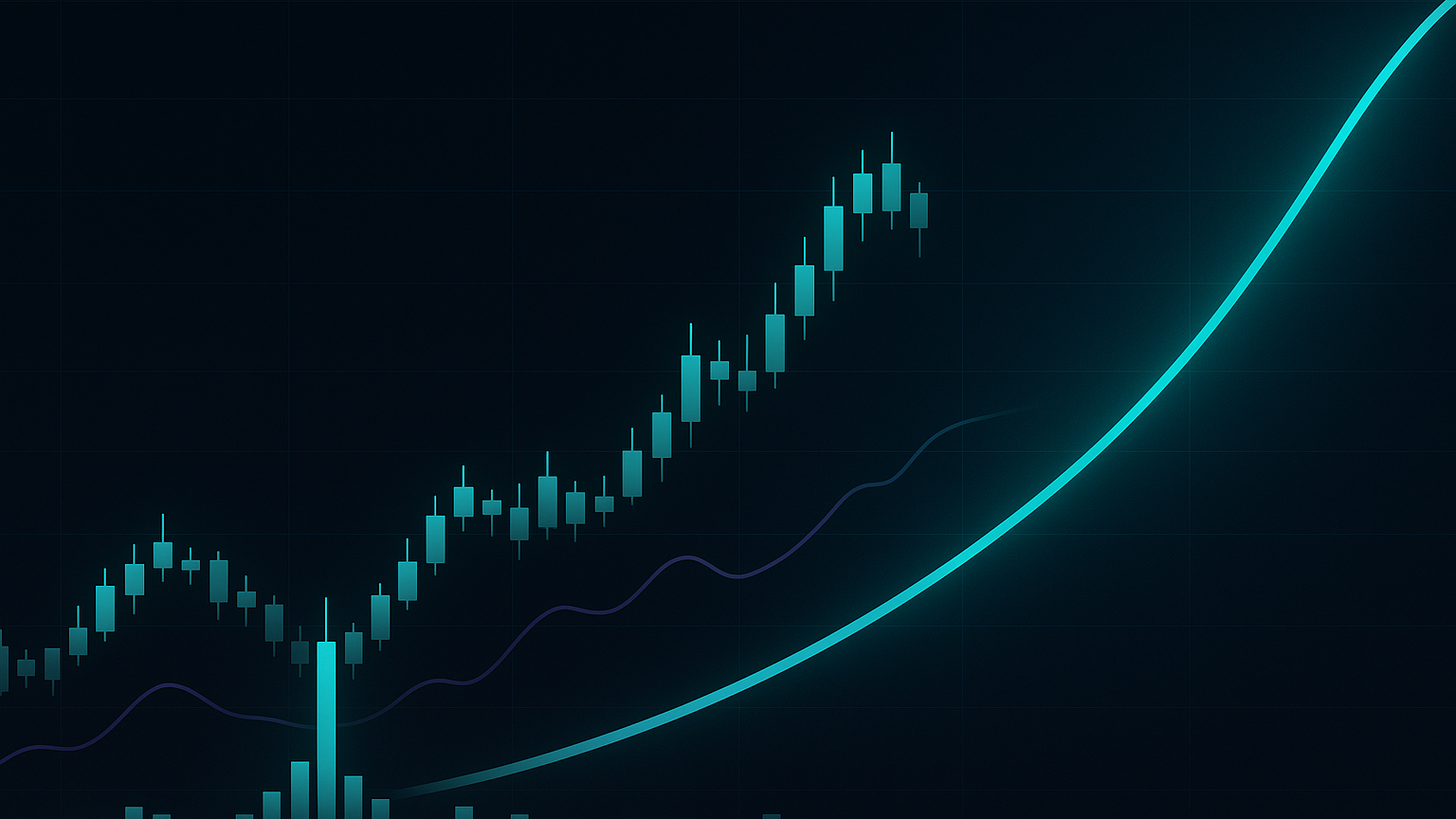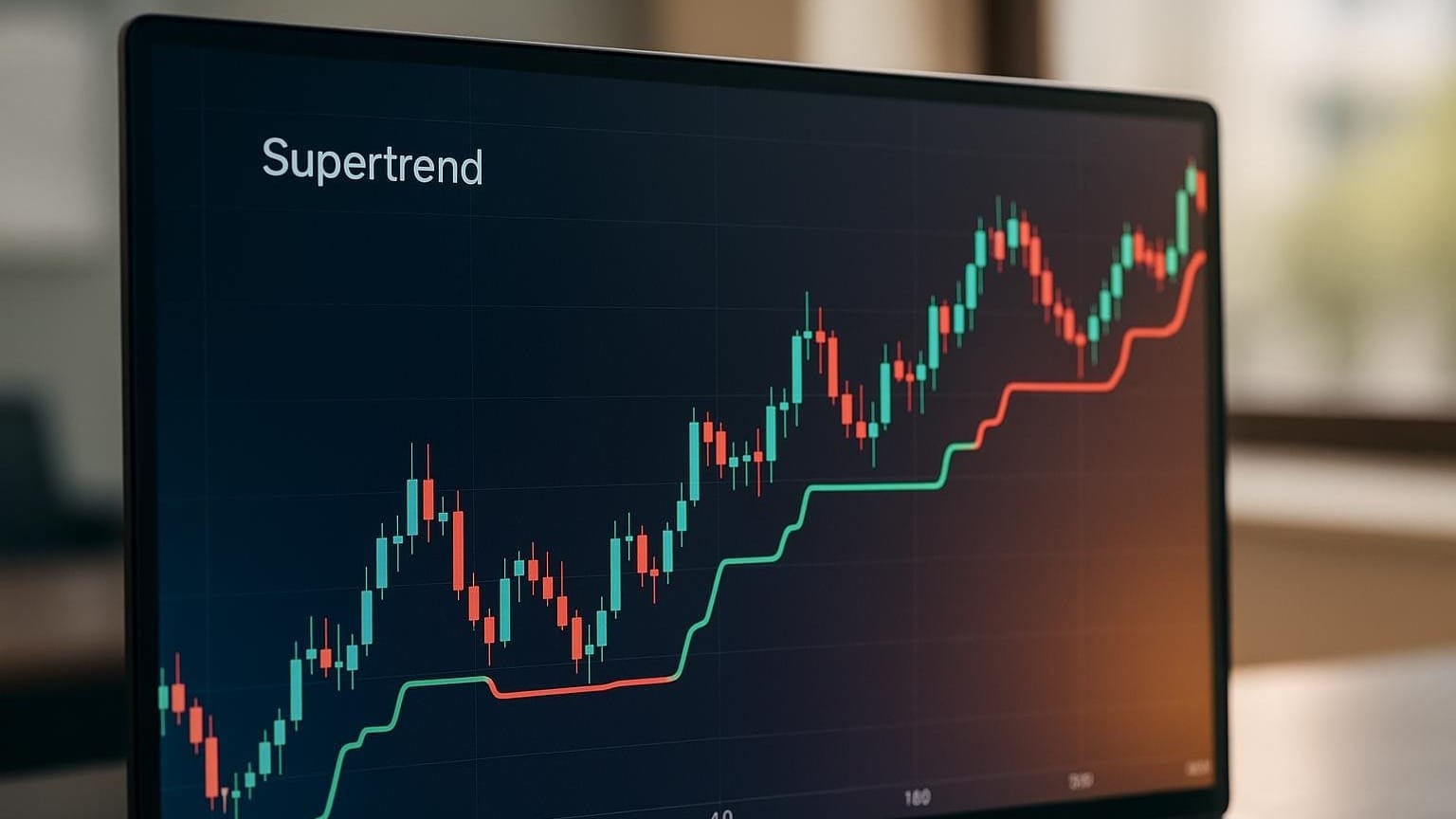Explore how mastering risk-reward ratios and understanding psychological factors can enhance your pattern trading success.
Pattern trading combines technical analysis with emotional discipline to achieve consistent results. The key lies in mastering risk-reward ratios while managing psychological challenges like fear, greed, and cognitive biases. Here's what you need to know:
- Risk-Reward Ratios: Define clear ratios (e.g., 2:1) to balance potential gains against losses and stick to them.
- Psychological Challenges: Fear leads to early exits, greed ignores profit targets, and biases like overconfidence or confirmation bias distort decisions.
- Tools and Strategies: Use objective tools like LuxAlgo for data-driven insights, set predefined entry/exit rules, and review your trades regularly.
- Community Support: Engage with trading communities for feedback and emotional support.
Key Psychological Factors Affecting Risk-Reward Decisions
Understanding the psychological influences on trading decisions can help traders stick to their strategies and make better choices when dealing with pattern trades.
Fear and Greed Dynamics
Fear and greed are two emotions that heavily influence trading decisions. Fear often leads traders to exit positions too early, while greed can push them to ignore take-profit levels, risking unnecessary losses. Both emotions can cause traders to stray from their planned risk-reward strategies, undermining their overall approach.
While fear and greed affect traders in the moment, cognitive biases present longer-term challenges that can also disrupt effective decision-making.
Impact of Cognitive Biases
Cognitive biases can skew how traders interpret market patterns and manage their risk-reward ratios. For instance, confirmation bias leads traders to focus only on information that supports their existing beliefs while disregarding conflicting data. This can result in poor decision-making.
Take Broadening Wedge Ascending patterns as an example. A trader who previously profited from these patterns might ignore warning signs or contradictory indicators, increasing the likelihood of making poor risk-reward choices [2].
Other common biases include overconfidence and loss aversion, both of which can distort judgment. To counter these biases, traders can use objective tools, stick to predefined ratios, and ensure a balanced approach to risk and reward.
Overestimating Control
The illusion of control is another psychological factor that can lead traders astray. This occurs when traders overestimate their ability to predict market outcomes, resulting in poor risk management and deviation from their trading plans.
To address this, experienced traders often rely on advanced analytical tools that provide objective, data-driven insights. These tools help traders maintain disciplined risk-reward strategies instead of relying solely on personal interpretations of the market [1][3].
Recognizing and managing these psychological factors is essential for maintaining disciplined and effective trading strategies.
Implementing Risk-Reward Ratios in Pattern Trading
Setting Risk-Reward Parameters
When trading patterns, it's crucial to set risk-reward ratios based on the reliability of the pattern and current market conditions, rather than relying on gut feelings. For instance, with a 1:2 ratio, you might place a stop-loss near a support level and aim for a take-profit at a resistance level that offers twice the potential gain [1].
In more volatile markets, you may need to tweak these ratios to account for larger price swings. This approach helps safeguard your capital while keeping emotions in check.
Examples Across Markets
Risk-reward strategies differ depending on the market's features and volatility. Here's how they might look in practice:
| Market Type | Pattern Example | Typical Risk-Reward Ratio | Key Factors to Consider |
|---|---|---|---|
| Stocks | Bullish Flag | 1:2 | Lower volatility, longer holds |
| Cryptocurrency | Bearish Wedge | 1:3 | High volatility, 24/7 trading |
| Forex | Double Top | 1:1.5 | Session timing, currency behavior |
Take the forex market as an example: If you enter at 1.1200, place a stop-loss at 1.1150, and set a take-profit at 1.1350, you're using a 3:1 ratio. This setup accounts for typical market fluctuations while managing your risk [3].
Although strategies vary by market type, using trading tools can improve precision and consistency when applying these ratios.
Leveraging Tools for Smarter Trading
When it comes to maximizing efficiency and accuracy, LuxAlgo offers two powerful resources:
- LuxAlgo Backtester: Traders can backtest and develop strategies backed by data, refining their approaches through historical market analysis. This ensures that trading decisions are grounded in quantifiable results rather than guesswork. (Learn More)
- Price Action Concepts: View Toolkits. Ideal for discretionary analysis and automatic chart-pattern detection, removing much of the uncertainty that can lead to emotional or impulsive decisions. By identifying patterns in real time, traders can focus on strategy execution rather than searching for setups manually.
Both of these tools are designed to help traders maintain discipline and stay aligned with their risk-reward plans.
Incorporating Psychological Awareness into Trading
Developing a Disciplined Mindset
Trading isn't just about mastering technical skills - it also demands emotional control and discipline. Handling market ups and downs requires a solid routine and a systematic decision-making process. Many successful traders stick to daily routines, track their emotions and decisions in journals, and use stress management techniques to stay focused [1].
Here’s how a structured approach to pattern trading can help keep emotions in check:
| Psychological Aspect | How to Apply It |
|---|---|
| Emotional Control | Set fixed risk-reward limits before trading begins |
| Decision Clarity | Follow pre-defined entry and exit rules for every trade |
| Stress Management | Take regular breaks to stay mentally fresh |
Once discipline is in place, the focus shifts to improving strategies through regular self-assessment.
Reviewing and Adjusting Strategies
Analyzing your own trading performance is key to improving over time. Traders who consistently review their decisions - both good and bad - can spot emotional triggers and refine their strategies. This kind of detailed self-reflection builds mental toughness and helps you avoid repeating mistakes [2].
For example, during trade reviews, pay close attention to patterns in your decision-making. Did emotions influence a losing trade? What worked well in a winning trade? These insights are invaluable for growth.
While self-review is important, connecting with others can also make a big difference.
Benefits of Community Support
Trading communities offer a space to share experiences, get feedback, and learn from others. Platforms like LuxAlgo's community provide 24/7 support, connecting traders who face similar challenges. These groups can offer practical advice, educational resources, and emotional support during market turbulence.
Pairing community insights with technology can strengthen your trading approach. LuxAlgo’s AI Backtesting Assistant, for instance, helps traders stay objective by offering clear data to validate strategies. This reduces emotional decision-making and provides actionable insights for improving performance.
Conclusion
Main Points
Pattern trading success hinges on a mix of sharp analytical skills and emotional control. The combination of precise technical strategies - like setting stop-loss levels and defining entry/exit points - and maintaining emotional discipline plays a key role in achieving steady results.
"The risk-reward ratio is a critical tool that helps traders evaluate the potential profit of a trade relative to its potential loss" [1]
This concept becomes even more effective when paired with strong emotional awareness and a disciplined approach. By focusing on these core principles, traders can take meaningful steps to enhance their trading strategies.
Next Steps for Traders
To boost your pattern trading outcomes, try these strategies: Define clear risk limits, leverage advanced tools to validate your analysis, and stay objective. Engage with trading communities for support and conduct regular reviews of your strategies to improve both your technical and emotional approaches. Remember, pattern trading is a continuous process of learning and refining. Blending technical expertise with emotional discipline is the key to achieving consistent results.
References
- https://www.luxalgo.com/
- https://www.luxalgo.com/blog/broadening-wedges-rising-falling-bullish-or-bearish-l/
- https://tickeron.com/trading-investing-101/understanding-the-broadening-wedge-ascending-bearish-pattern-in-the-context-of-psychological-dynamics-in-pattern-trading/
- https://www.tradingview.com/chart/EURUSD/dUpBnV3E-Mastering-Risk-Reward-Ratios-in-Trading-A-Comprehensive-Guide/
- https://tradingkit.net/articles/risk-reward-ratio/
- https://www.luxalgo.com/blog/t/trading-strategies/
- https://www.tradingview.com/script/ZGl2xWym-LuxAlgo-Price-Action-Concepts/
- https://www.luxalgo.com/backtesting/
- https://docs.luxalgo.com/docs/backtesters/pac/exits
- https://app.luxalgo.com/library/indicator/Liquidation-Levels/









